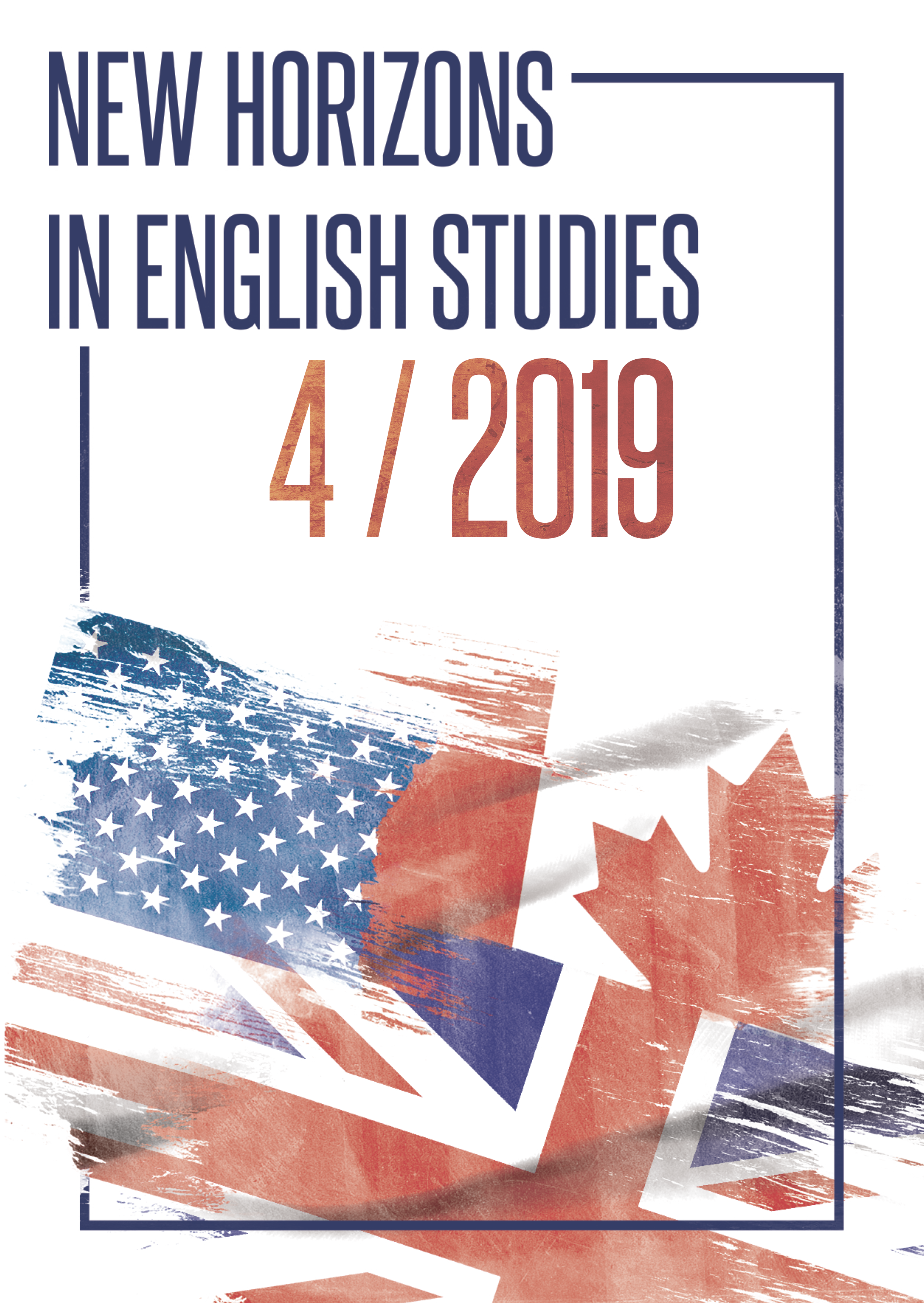“Kubla Khan” and Islamic Structures: Retracing Symbolism and Investigating Imagination
“Kubla Khan” and Islamic Structures: Retracing Symbolism and Investigating Imagination
Author(s): Subhradeep ChatterjeeSubject(s): Language and Literature Studies, Studies of Literature, British Literature
Published by: Wydawnictwo Naukowe Uniwersytetu Marii Curie-Sklodowskiej
Keywords: Kubla Khan; Samuel Taylor Coleridge; Islamic architecture; paradise garden; Taj Mahal; Mecca; Xanadu; Kashmir
Summary/Abstract: Samuel Taylor Coleridge’s poem “Kubla Khan” draws upon the historical Xanadu, the summer palace of Mongol ruler Kubla Khan, and presents an architectural space that uses a commixture of imagination and mimesis to present a space of historical and supernatural transactions and transcends geographical limits.The architectural characteristics of Kubla Khan’s pleasure-dome in Xanadu are replete with similarities with various elements of Islamic architecture. The walled-in structure bears a great deal of resemblance to the layout of Islamic paradise gardens which are often found in the chaharbagh structure in mosques and Islamic sites.Further, the poem proposes a setting which has marked similarities with Kashmir and its geographical spaces and the same has been posited by several scholars.In this paper, I have aimed to present a coherent sequence of arguments in an attempt to relate the similarity of Xanadu with real geographical spaces and its intersection with elements of Islamic architecture through an examination of its actual history along with various tales of Xanadu found in the accounts of Marco Polo and other travellers. The paper also compares Xanadu with the structural compositions of the Taj Mahal in India and later, the Mecca, and also engages in discussing its allegorical significance in relation with the Islamic paradise or Jannah.The paper also discusses the possible sources for Coleridge’s poem and how they might have influenced him and his dreams and investigates the poem’s role in revisiting the fabled summer city of the Mongol ruler and its pleasure-dome configuration that resembled his paradise.
Journal: New Horizons in English Studies
- Issue Year: 4/2019
- Issue No: 1
- Page Range: 67-73
- Page Count: 7
- Language: English

